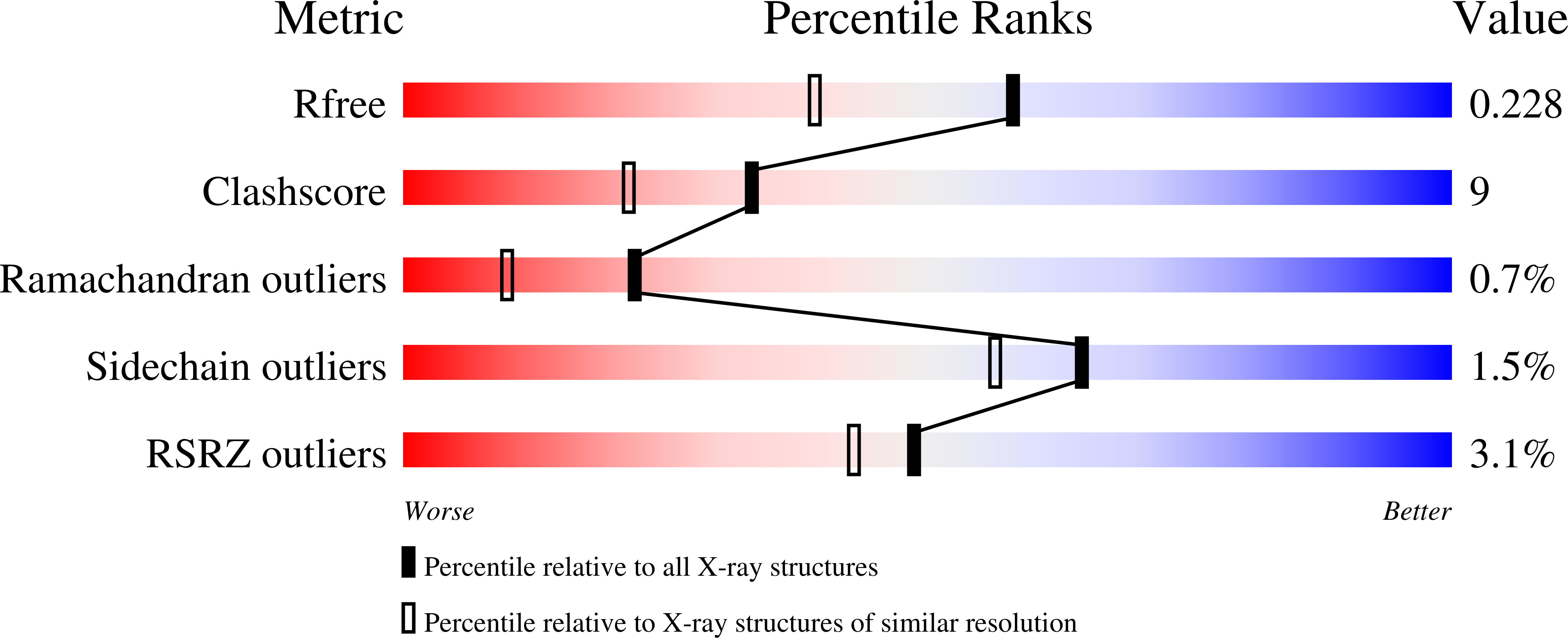
Deposition Date
2019-12-13
Release Date
2020-12-16
Last Version Date
2023-10-11
Entry Detail
PDB ID:
6V96
Keywords:
Title:
Agrobacterium tumefaciens ADP-Glucose pyrophosphorylase-S72E
Biological Source:
Source Organism:
Agrobacterium fabrum (strain C58 / ATCC 33970) (Taxon ID: 176299)
Host Organism:
Method Details:
Experimental Method:
Resolution:
1.80 Å
R-Value Free:
0.22
R-Value Work:
0.19
R-Value Observed:
0.19
Space Group:
P 1


